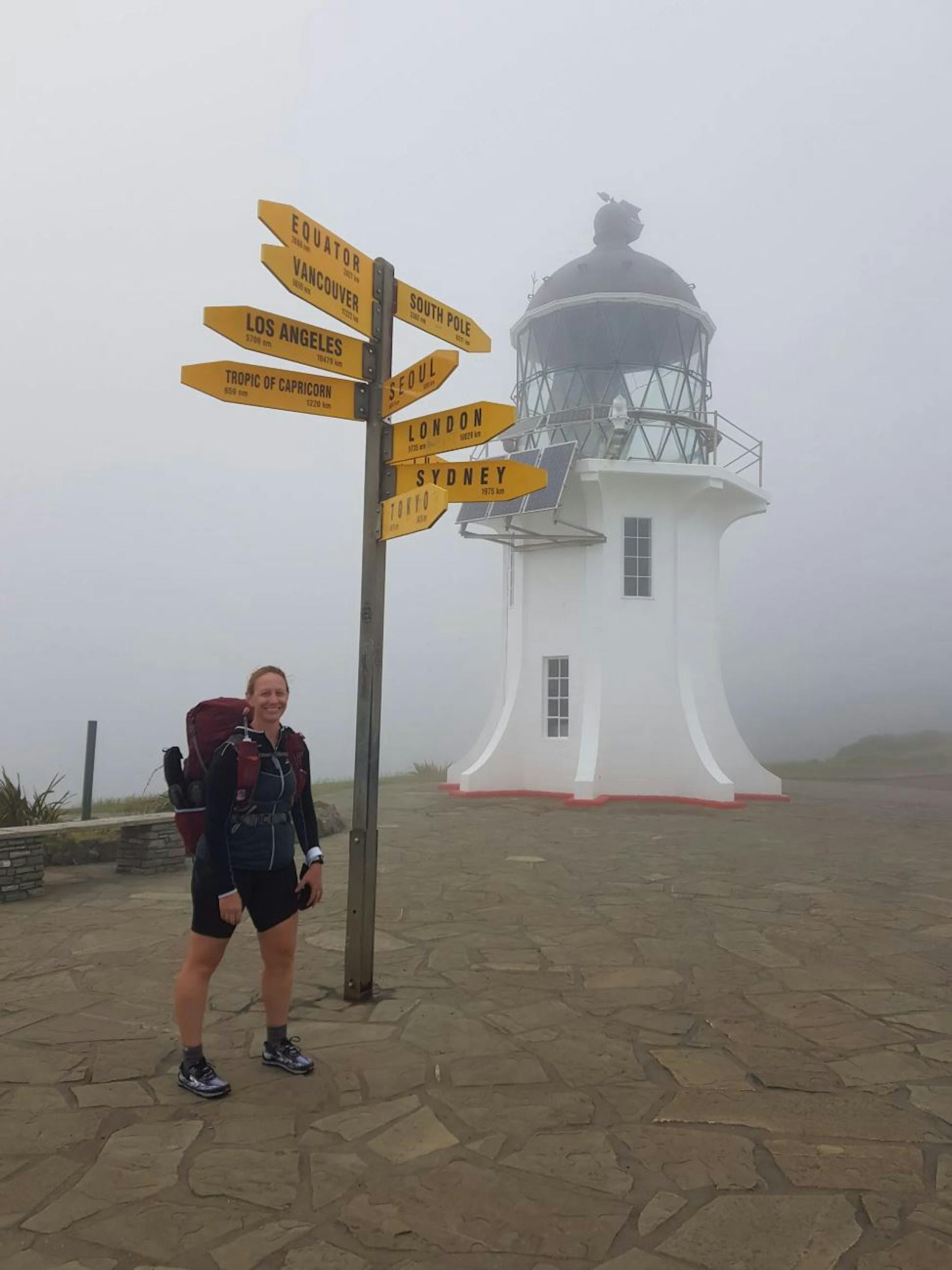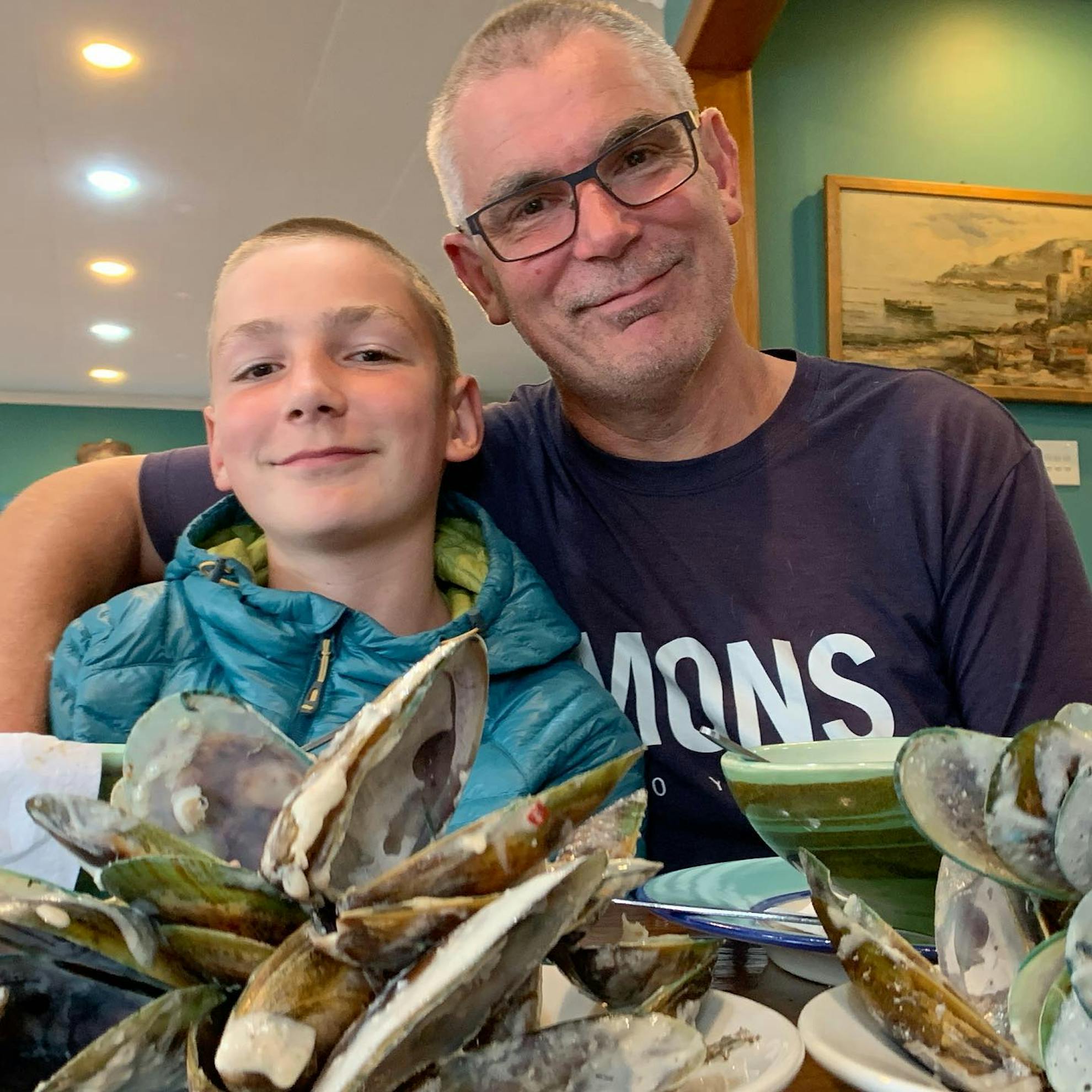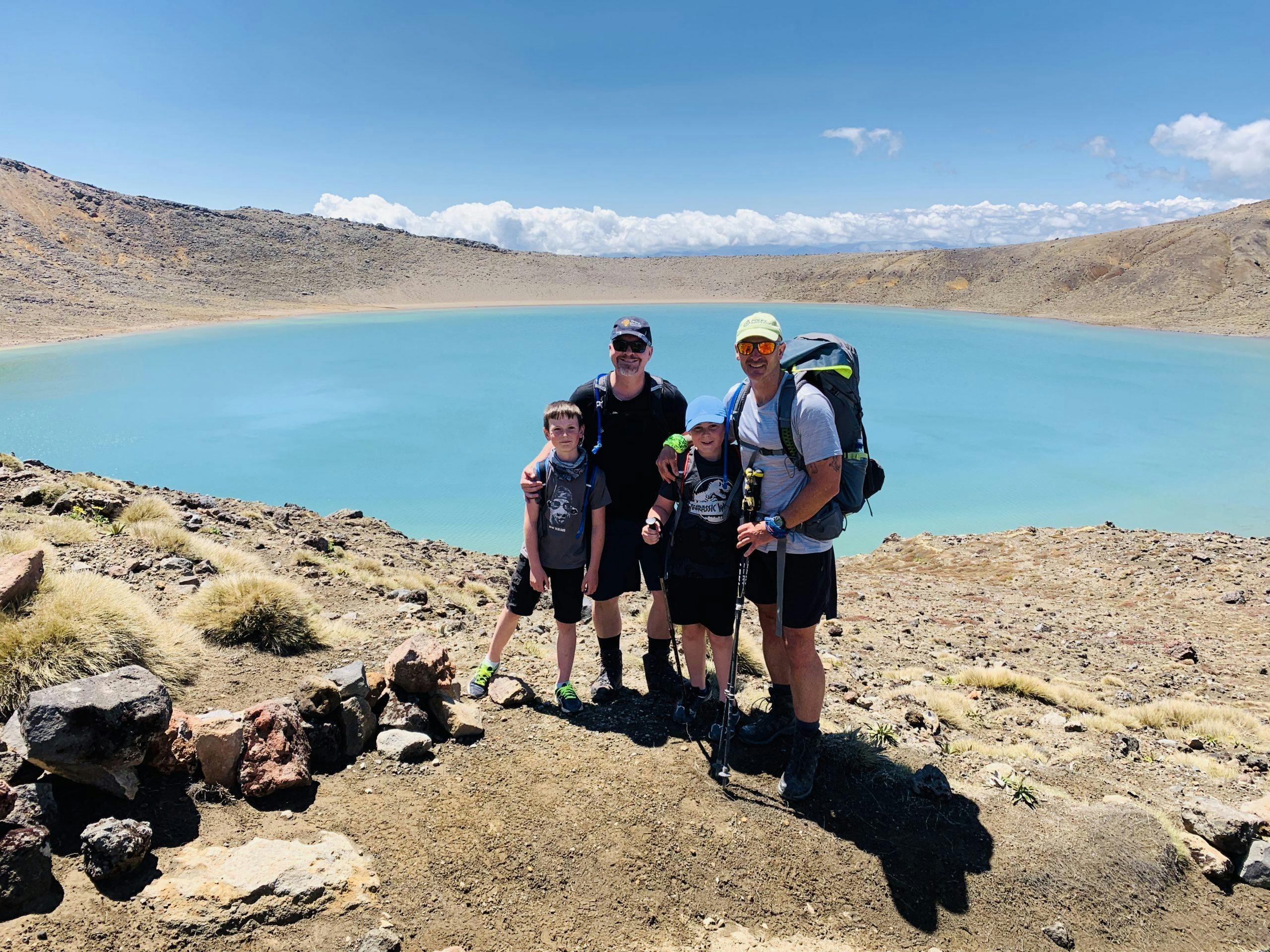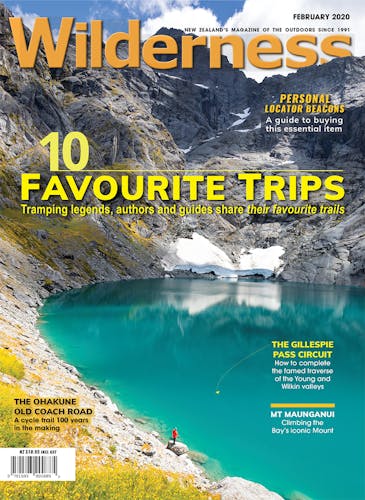Four Te Araroa Trail walkers share their culinary secrets, their cravings, and how they sustain themselves on the 3000km trail.
On her first night on the Te Araroa Trail, Anouk Bommer earned the nickname she’s carried for 1500km.
Arriving at Twilight Beach campsite with her 25kg pack, the Dutch tramper noticed locals gathering mussels off the rocks, and hurried in to join them.
The former chef harvested enough for dinner, and set about cooking the bounty with two hungry trail walkers.
While her companions were content to eat the shellfish raw, Bommer was digging into her pack, brimming with recipe ideas, and just like that, her trail name arrived – Master Chef.
Food is the word on everyone’s lips on the Te Araroa Trail, Bommer says, and walkers constantly share tips, tricks and recipes.
“We talk about food all day – conversation is basically ‘where will you sleep, where are you walking, and what will you eat’,” she says.
“I’ve seen so many different things being eaten on the trail, and sometimes I’m inspired by others, and sometimes I inspire others.”
Bommer loves food and isn’t content to survive on dehydrated meals, noodles or pasta – at least, not yet.
“I see people eating noodles every day and I have a deep deep respect for them because I know I wouldn’t be able to do it,” she says. “For me, food is something that keeps you moving, and it’s always been that way for me. I like to give attention to my food and be aware while I’m eating. There is a spiritual side to it.”
Fresh fruit and vegetables are typical ingredients in Bommer’s meals, and she carries fresh tomatoes, capsicum, avocado and fruit where possible.
A typical meal might be rice or couscous with vegetables, dried mushrooms, fish, garlic, ginger and salt.
While she usually opts for tuna packages, Bommer’s hunter-gatherer skills have seen her catch kahawai, scallops and trout along the way.
Breakfast consists of oats or muesli with apricots, yoghurt powder and water – a trick she says makes for a creamy taste.
Additional snacks depend on what the pick and mix can supply, from cranberries to coconut to nuts.
“The supermarket bins are my best friend,” she says.
Bommer is also an egg advocate, and will hard boil a six pack of eggs and eat two a day as she walks.
She recommends making breakfast the final part of the morning routine, so the day’s walk is always started on a full stomach.

“I see people eating noodles every day and I have a deep deep respect for them because I know I wouldn’t be able to do it”
More content with the no-frills classic tramping meals is policeman Gary Hayes, walking the trail for youth charity Blue Light.
A typical dinner for him is two-minute noodles cooked with a sachet of miso soup.
“People might find it boring, but fortunately I love two-minute noodles,” he says.
As a vegetable lover, Hayes craves fresh greens on the track, but says he’s found a decent alternative. Supplejack – or ‘bush asparagus’ for those in the know – is an excellent vegetable substitute and source of iron, Hayes says, and best of all it’s free.
Hayes is yet to experience food fatigue on his journey, but is admittedly not fussy with what he eats.
“I’ve met people who are calculating the kilojoule to weight ratio of their food, but I’m just inhaling anything I can get my hands on,” he says.
“You’re so hungry at the end of the day, you’d eat a scabby dog – it doesn’t matter what’s in front of you, you just eat it.”
With 18kg on his back, Hayes estimates he is burning around 6000 calories each day.
“There’s no way I can get that in, so the weight is coming off me – I’ve lost 10kg already,” he says.
With the more mountainous South Island fast approaching, Hayes is looking to start eating more fats, such as pork scratchings to sustain him.
Hayes says he survives on a handpicked savoury scroggin, containing spicy broad beans, wasabi peas, roasted peanuts, chickpea chips, and bananachips.
“You’re so hungry at the end of the day, you’d eat a scabby dog.”

“It’s all dried and light,” he says. “I want to get all the nutrition with the least amount of water as possible.
“I try to concentrate on what I need to eat, not what I want to eat.”
With so many town stops in the North Island, Hayes says he consistently exceeds his food budget, tempted by pies and scrambled eggs.
His most common cravings are salads and beer.
“If anyone’s stopped and offered me a beer, it’s been a big fat yes,” he says.
Karen Reimann has noticed an interesting trend amongst trail walkers – almost everyone she’s seen carries a jar of peanut butter or chocolate spread.
“It’s the one time as an adult where it’s okay to eat peanut butter straight out of the jar and have two-minute noodles for dinner and no one looks at you strangely,” she says.
Reimann says she’s settled into a routine of eating the same meals every day, unless she’s walking through a town.
Instant oats make up her breakfasts, along with a proper coffee every morning, made with her portable espresso maker – her luxury item on the trail.
She enjoys One Square Meal muesli bars if she’s eating on the go, and wraps with ‘plastic cheese’ if she has time to stop.
Noodles or instant mash with instant gravy are a typical dinner for Reimann, and a follow-up snack of peanut butter and pre-sleep hot chocolate.

“I’m always looking for food that cooks quickly, and doesn’t need too much water in case I don’t have many sources,” she says.
While she hasn’t noticed an increase in her food consumption, Reimann says she now addresses her cravings immediately.
“Earlier on, I would have pushed through and eaten when I found a nice place to stop, but now when I get hungry I stop and eat,” she says.
“Otherwise I get to the end of the day and I’ll be so tired, and you have to be switched on when you’re walking.”
Dave Murray is currently walking the Te Araroa Trail with his 14-year-old son Baxter.
Dave’s wife Jo – who has joined them for sections of the journey – says after a big day, the dinner menu isn’t important, and sometimes dinner is forgotten altogether for sleep.
“After a 22km day on the Queen Charlotte Track, we all had rice boiled with a chicken stock cube with some bier sticks sliced into it – it tasted amazing and then we literally flopped into bed,” she says. “What you are eating becomes far less important – you are just giving the body something to replace energy.
“You are snacking all day to keep your energy going so mealtime doesn’t have to be big.”
A typical dinner for the Murrays is rice and pasta with flavoured tuna, biersticks, beef jerky and flavour sachets from Watties Wok Creations.
So far, dehydrated meals, although satisfying for others, have failed to impress them.
“After a big day we had some dehydrated meals for dinner and they were disgusting,” Dave says.
“The body just wanted something better. I think food needs to fill you up and comfort you – those meals dehydrated my soul.”
On hot, hard days, the pair take Nuun hydration tablets for electrolytes and munch on Tamari almonds and pretzels to replace salts.
Jo says food fatigue hasn’t set in yet for the Murrays, who are loving their experience on the trail.
“The loss of creature comforts like nice food is repaid handsomely by the scenery, people you meet and the whole Te Araroa experience,” she says.








